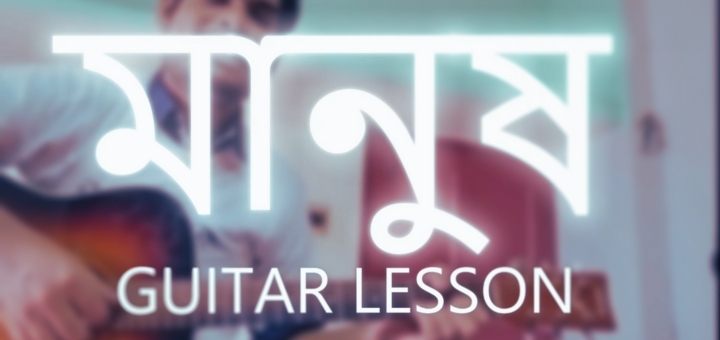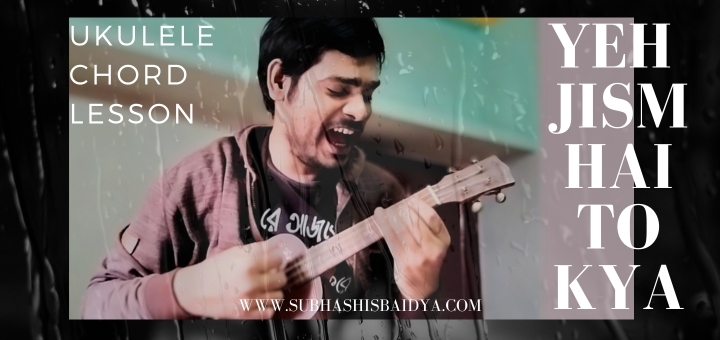Aging A Guitar With UV Light
Aging a guitar with UV light is a fascinating process combining art and science elements. Throughout this exploration, we have delved into various aspects of UV light aging, including its effects on molecules, color changes, pigment stability, polymer degradation, tonal effects, and the differences between natural and UV aging. We have gained valuable insights into the complex interplay between UV light and guitar materials by examining these factors.
Table of Contents
Sunlight and Aging
Discover that sunlight and aging plays a role in naturally aging objects, including guitars, by breaking down specific components over time.
Ultraviolet (UV) Light
Learn that UV light is a type of light that comes from the sun and other sources. It has properties that can affect the appearance of objects. Explore the nature of UV light and its wavelengths. It interacts with materials, including the guitar’s finish, pigments, and polymers.
UV and Molecules
Understand that when UV light interacts with molecules in the guitar’s finish, it can cause chemical reactions and changes in its structure.
Oxidation and Colour Changes
Explore how UV light can trigger a process called oxidation, which can darken and alter the color of certain materials, giving them an aged look. Learn how UV light induces oxidation processes that can darken the finish, resulting in a vintage appearance.
- Example: UV light accelerating the aging of nitrocellulose finishes.
Pigment Fading
Discover that UV light can cause pigments in the guitar’s finish to fade, resulting in a worn and vintage appearance.
- Example: UV light fades the red dye in a guitar’s sunburst finish.
Polymer Degradation
UV light can lead to the degradation of the polymer in the finish. It causes cracks, checking, and other signs of aging.
- Example: UV light causes the lacquer to crack and simulates years of playing.
UV-A and UV-B
Understand that UV light is divided into different types, UV-A and UV-B. UV-A is less intense but more prevalent. In contrast, UV-B is more intense and potentially more damaging.

Controlled UV Exposure
Controlled UV Exposure uses specific UV light sources, such as UV-A or UV-B lamps. It allows for controlled and targeted exposure to achieve the desired aging effects.
Protecting sensitive components:
During UV aging, they protect sensitive components, such as electronics and hardware. Learn to preserve the guitar’s structural integrity by shielding sensitive parts from direct UV exposure.
Reflective Surfaces
Understand that reflective surfaces are like metal parts on the guitar. UV light in nearby areas enhances the aging process.
Pigment Stability
When exploring pigment stability, we investigate how different pigments interact with lights—UV light and shedding light on the preservation of colors.
Tonal Effects
It generally has minimal impact on the instrument’s overall sound and tonal characteristics. UV aging primarily affects the visual appearance of the guitar.
Different guitar materials
Different guitar materials, such as wood species and finishes, can respond differently to UV aging. It leads us to unique and varied results.
Patience and Observation
Patience and Observation can help us achieve the desired vintage look may take time—very Careful Observation of the guitar’s response to UV exposure.
Reversible Effects
The effects of UV aging are generally reversible. Adjust or remove the aged appearance if desired, though it may require additional work.
Natural Aging vs. UV Aging
When considering natural aging versus UV aging, the impact of UV light on guitars becomes a subject of significant interest. Guitars naturally change over time due to exposure to the elements, temperature fluctuations, and playing. However, it is essential to acknowledge the specific influence of UV light on the aging process. UV radiation can cause color fading, finish degradation, and alterations in the wood’s characteristics. This effect is particularly notable on guitars with vibrant finishes, as prolonged exposure to UV light gradually shifts the intensity of their colors. Understanding the distinctions between natural aging and UV aging is crucial for guitar enthusiasts and collectors, enabling them to make.

Arts and Science
UV aging offers a remarkable chance to combine scientific principles with artistic vision in art and science. This process enables guitar enthusiasts to effortlessly create a personalized vintage aesthetic on their instruments. Guitars’ colors and finishes can be transformed by harnessing UV light’s power, resulting in a unique and aged appearance. Embracing this harmonious blend of artistry and scientific understanding opens up exciting guitar customization and expression possibilities.
UV light wavelength
It is recommended to use UV light sources with a wavelength of 365-385 nanometers.
Embrace the opportunity to delve into the science behind UV aging, nurturing curiosity and expanding knowledge about the interaction between light and materials.
Saving Tips for Aging a Guitar with UV Light
Saving Tips for Aging a Guitar with UV Light can be exciting. There are several ways to save while undertaking this endeavor. Here are some helpful tips for cost-effective UV aging:
DIY UV Light Setup
Consider building your DIY UV light setup instead of purchasing expensive commercial UV aging systems. It can be achieved by utilizing affordable UV LED strips or bulbs available. With some research and basic electrical knowledge, you can create a budget-friendly UV light source tailored to your needs.
Optimize UV Exposure Time
Experiment with different exposure durations to find the sweet spot that achieves the desired aging effects without excessive UV light exposure. Carefully monitor and document the results to refine your process over time. By optimizing the exposure time, you can conserve energy and prolong the lifespan of your UV light source.
Batch Processing
Maximize efficiency and save time by aging multiple guitars simultaneously. If the guitars are safely spaced apart and adequately exposed to UV light, you can achieve aging effects on multiple instruments in a single session. This approach minimizes overall energy consumption and allows for more cost-effective UV aging.
Protective Measures
Prioritize the protection of valuable components such as pickups, electronic circuits, and delicate inlays during the UV aging process. By carefully masking or covering these sensitive areas with appropriate materials, you can prevent potential damage and reduce the need for costly repairs or replacements.
Knowledge Sharing and Collaboration
Engage with online communities, forums, and social media groups dedicated to guitar aging and UV light techniques. Sharing knowledge, experiences, and cost-saving tips with fellow enthusiasts can provide valuable insights and innovative ideas for achieving desired aging effects while minimizing expenses.
Conclusion,
The process of aging guitars with UV light combines art and science, revealing fascinating insights into the interplay between UV light and guitar materials. Through oxidation, UV light alters the molecules in wood, finish, and pigments, resulting in color changes and fading. Controlled exposure to UV-A and UV-B wavelengths can simulate natural aging, producing visually striking vintage aesthetics. However, caution must be exercised to protect sensitive components and prevent polymer degradation. Tonal effects vary depending on the materials used, necessitating patience and observation. While UV aging offers reproducible results, it is essential to distinguish it from natural aging, which is influenced by diverse environmental factors. The convergence of arts and science is evident as artisans use UV light to transform new guitars into visually appealing instruments with rich tonal palettes, blending scientific understanding with artistic sensibility and meticulous craftsmanship.







One Comment